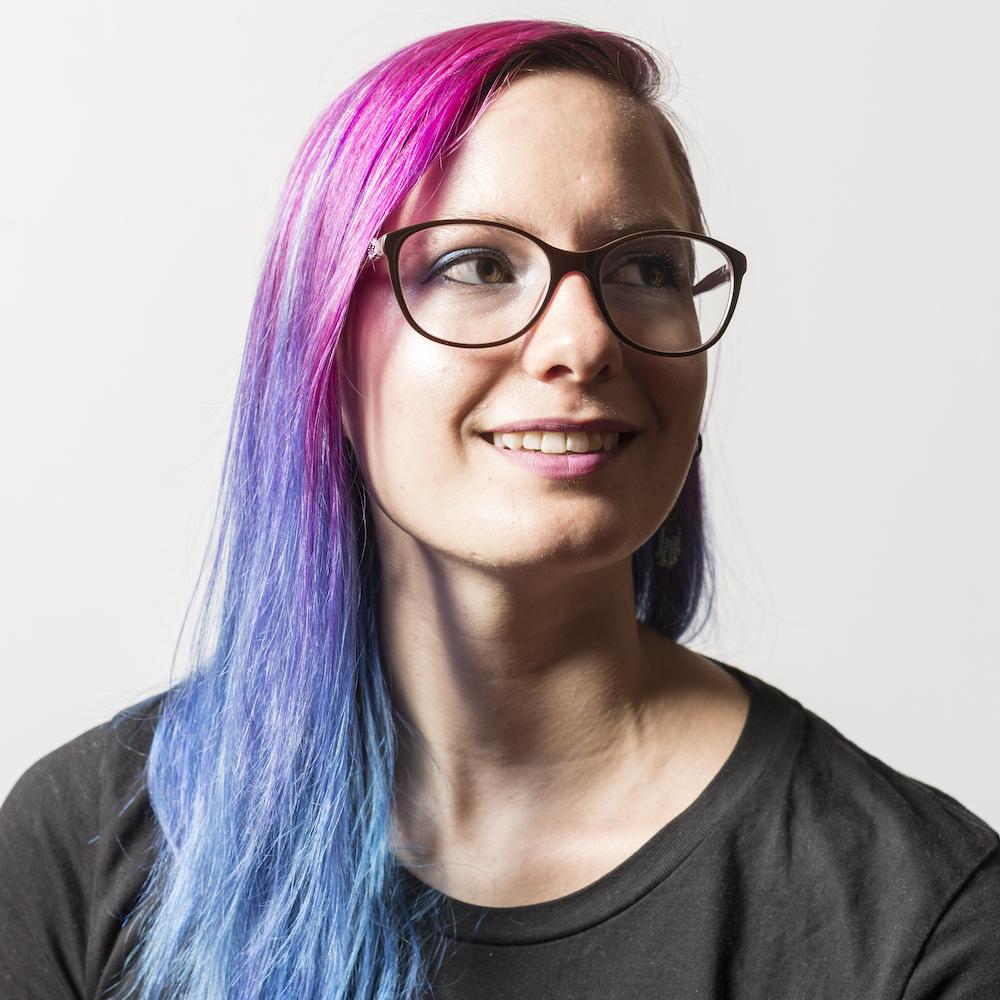
We catch up with Mariette Reefman (alum ’18) after their recent acceptance into the Helsinki Philharmonic Orchestra. Mariette reveals their interesting and winding journey leading up to this career milestone. From being a teenager who dropped everything to take classical viola seriously, to featuring techno and death metal in an ANAM recital. Learn about Mariette's life from their ANAM days to their new chapter in the Helsinki Philharmonic Orchestra.
How did you feel when you were accepted as a member of the Helsinki Philharmonic Orchestra?
It was kind of surreal. I’d put so much of myself into the audition preparation, but I really didn’t know what to expect on the day. I’d say I’m a pretty accomplished orchestral player, but my level used to drop so drastically in auditions that I didn’t think I’d ever actually be able to win a job. So, it was incredible to realise after each audition round that I had played close to my best. Because while of course all the viola practice was important, and I’ve improved my general playing a lot, the biggest growth for me has been in my mental state – the ability to move past the doubts and imposter syndrome, to not let anxiety get the better of me, to get to the point where I could even enjoy playing in the audition.
So, when they announced my name at the end of the audition, it felt so validating – to know that I really am good enough, and I’ve earned my position amongst colleagues for whom I have so much respect.
What has it been like transitioning from your studies at the State University of Music and Performing Arts Stuttgart to the Helsinki Philharmonic Orchestra?
I actually already moved to Finland in September 2021. I wanted to do a year of exchange studies, and was drawn to Sibelius Academy in Helsinki because of the incredible range of subjects available, including baroque, folk, improvisation and global music. But it was my viola teacher Pisku who made the transition to living and working in Finland a lot easier than it otherwise might have been. Not only was she a fantastic teacher, but she helped me make useful contacts, figure out exciting things like taxes and unions, gave me advice on where to go for rehairs and emergency viola repairs, reminded me that I should sometimes say ‘no’ to projects, and believed in me and helped me believe in myself during my lower points. It was under her guidance that I passed a casual audition for first the Finnish National Opera, and then the Helsinki Philharmonic.
Finland started to feel like home rather quickly; in fact I feel I fit in here more than I ever did in Germany or Australia. I had already decided to stay here as a freelancer, when the Helsinki Philharmonic offered me a 100% contract for their Autumn season, later extended to include the Spring season. The orchestra is wonderful and my delightful viola colleagues were so supportive and welcoming, so by the time the audition for a position there came up, I was quite sure that this was the orchestra I wanted to stay with.
You studied at ANAM from 2016-2018, how did your time at ANAM influence you as a person and musician?
At ANAM I learned to jump into the deep end and try everything. I discovered a love for both baroque and contemporary music. As a by-product of the injuries I was dealing with at the time, I learned how to practice more efficiently and consciously, and how to do mental practice (which still serves me well now). I gained confidence in myself, and discovered the importance of taking breaks for my mental health.
Do you have any advice for current musicians at ANAM?
I’d say be patient with yourself. Try not to compare yourself to others (easier said than done, I know). It can feel like there’s this huge rush to figure everything out, but everyone is on their own path. I used to worry that I was already too old, that I was going to run out of time - but it’s not as though you reach a certain age and you can no longer learn or improve - there’s nothing wrong if it takes a bit longer to get to where you want to be.
Your penultimate recital at ANAM programmed rarely explored music for viola, including techno and death metal. As a violist, how important is it for you to explore less established music for the viola, versus more established canon. How do other genres influence you as a violist?
When I was around 16 years old I got this idea that if I wanted to be serious about viola, I had to drop everything else. It became so that everything was about classical viola. I really put myself in a box, and I think it made my playing (and life) rather uninteresting. I’ve since shed myself of that notion, and the more different things I do, the better my general music becomes. Improvisation gives me more freedom in my Bach, playing percussion improves my rhythm.
But more than this, exploring other genres and disciplines makes me feel alive. I adore playing in orchestra, and really enjoy standard rep like Beethoven and Mozart, but if I never did anything else I’d stagnate. It’s my goal to fill my life with folk, jazz, improvising, singing, dancing…and keep trying everything new that comes my way.